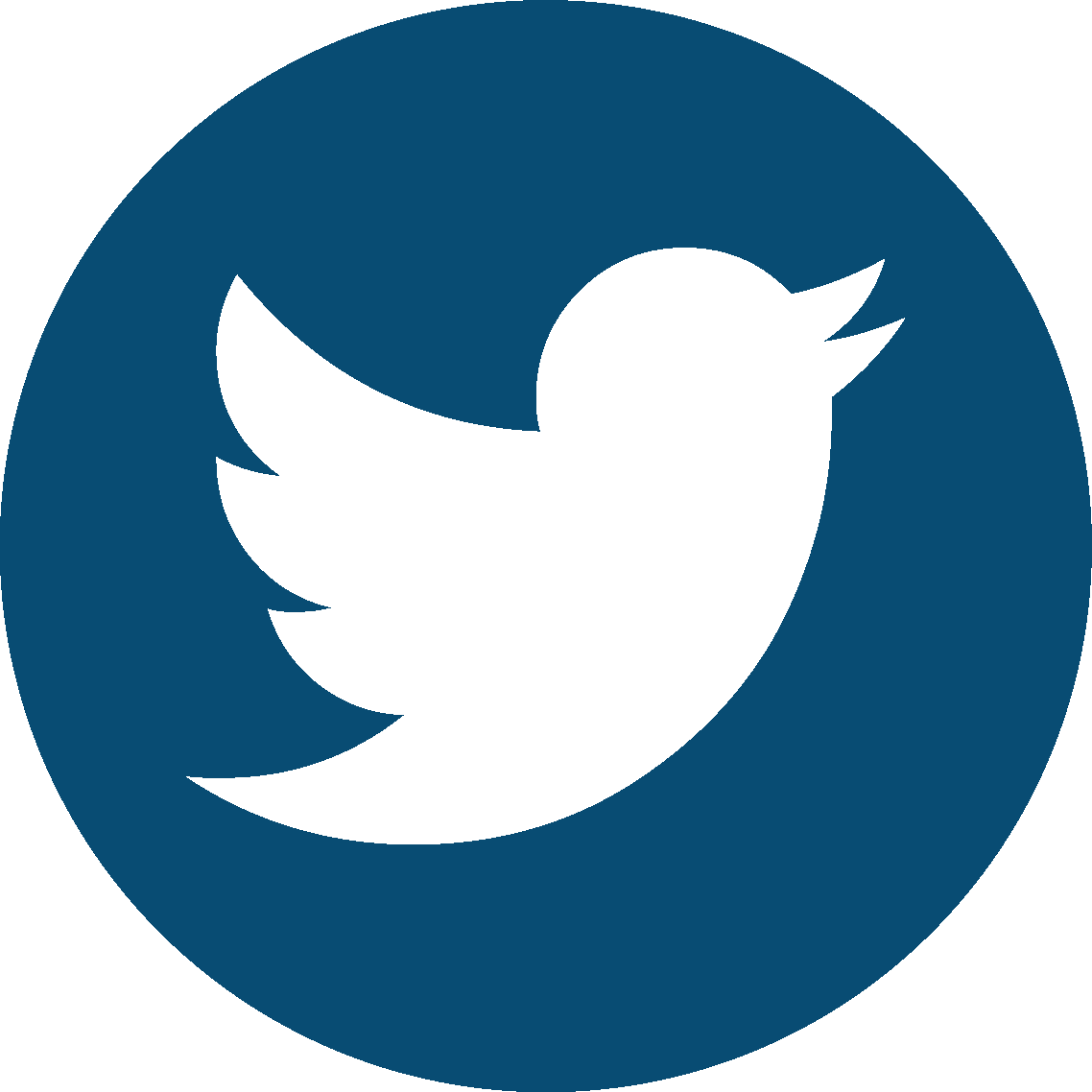Why 150-year-old logos still win
This newsletter comes from the hosts of The Marketing Architects, a research-first show answering your biggest marketing questions. Find us on Apple Podcasts or wherever you listen to podcasts!
This week, we're tackling one of the most misunderstood topics in branding: distinctiveness. What does it actually mean to be distinctive? And how long does it take before a color, sound, or mascot becomes truly yours?
—Elena
Less than half of ads are correctly attributed to the right brand after viewing.
New research from System1 and the IPA database shows that while marketers assume branding is obvious, audiences often don't make the connection. This is why you need to pack ads with recognizable brand cues. Data from Kantar shows that including seven distinctive elements drives recall to 100%.
How to build distinctiveness that lasts.
Distinctiveness is about being recognizable at a glance. The brain needs shortcuts, and distinctive assets create them.
Here's what the research shows:
- It takes 2-3 years. Consistent exposure is required before a distinctive asset truly belongs to your brand. Most marketers quit too soon, testing a new slogan for a season and then moving on. These assets compound like interest. You earn distinctiveness slowly by showing up the same way every time.
- Seven is the magic number. Great ads include seven brand cues like logo, color, sonic signature, mascot, spokesperson, tagline, and packaging. These elements work together to create instant recognition, even when your logo isn't front and center.
- Consistency beats creativity. Marketers get bored faster than consumers do. The brands that win, like McDonald's using "I'm Lovin' It" for 20 years or Arm & Hammer keeping the same logo for 150+ years, understand that the job isn't to reinvent every quarter. The real creativity comes from thinking within your brand's confines and keeping your assets fresh and exciting.
- Discipline does the work. Creativity gets all the credit, but discipline turns a hook into memory. TV remains the ultimate platform for this work because it combines sight, sound, motion, and emotion into one powerful memory machine.
“We know what distinctive marketing looks like. Now let's agree what to call it.”
In this Marketing Week column, Mark Ritson calls for a ceasefire in marketing's terminology war over distinctive brand assets. The article breaks down research showing that the most effective ads share three traits: they make people feel something, they run for years, and they're clearly branded.
Memory over Novelty
“If you're not remembered, you're not bought."
— Byron Sharp, Professor of Marketing Science and author of How Brands Grow



